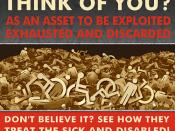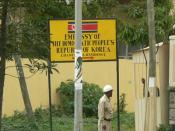The past decade has witnessed a resurgence of interest in two important constructs in the organizational sciences: fairness and politics. Theory and research on fairness and politics have progressed in parallel fashion, and largely independent of one another, perhaps due to the general perception that they represent antithetical constructs. That is, most would likely argue that politics inherently reflects unfairness and, thus, if we examined the relationship between these two constructs, results would inevitably demonstrate a strong negative association.
We take a different position and suggest, in this chapter, that the assumption of an inverse relationship between fairness and politics is overly simplistic and only captures part of the picture. The process dynamics between these two constructs are complex and involve a cognitive evaluation of the environmental context in terms of the extent to which personally beneficial or personally harmful consequences are potential outcomes. Therefore, we propose an integration of these two divergent constructs, and we observe how they operate in human resources systems.
Politics in OrganizationsOrganizational politics has been of interest to organizational scientists for quite some time, and there continue to be diverse notions about the construct. In general, two perspectives prevail: one describes the dark side of politics, and the other takes a more neutral view of politics as a means of facilitating desirable outcomes (Valasquez, Moberg, Cavanagh, 1983). Multiple perspectives have resulted in multiple definitions being proposed, but a common theme is evident in a number of the explanations of politics. This common theme suggests a concern with behavior, primarily interpersonal influence attempts, that is not formally authorized, officially certified, or explicitly accepted by the organization, yet explains much about the intricacies and dynamics of behavior within firms. Such behavior is potentially divisive and can produce conflict, with individuals and/or groups pitted against each other, or...


